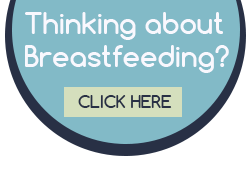The WHO Code
What is the WHO Code?
The World Health Assembly adopted the International Code of Marketing of Breast-milk Substitutes in 1981 to protect and promote breastfeeding, through the provision of adequate information on appropriate infant feeding and the regulation of the marketing of breastmilk substitutes, bottles and artificial nipples. (UNICEF, 2012). A handful of countries have adopted the Code as law. Some have made certain provisions into law while others have made no action. To date, Canada has only made a few provisions law.
Are you Code compliant?
The Code includes 10 important provisions:
- No advertising of products within the scope of The Code to the public (breast-milk substitutes, bottles, soothers and artificial nipples)
- No free samples to mothers
- No promotion of products in health care facilities
- No company representatives to advise mothers
- No gifts or personal samples to health workers
- No words or pictures idealizing artificial feeding, including pictures of infants, on the labels of products
- Information to health care workers should be scientific and factual
- All information on artificial infant feeding, including the labels, should explain the benefits of breastfeeding, and the costs and hazards associated with artificial feeding
- Unsuitable products, such as sweetened condensed milk, should not be promoted for babies
- All products are of a high quality and take account of the climatic and storage conditions of the country where they are used
(World Health Organization, 1981)
For more information on the International Code and to learn how code violations are monitored, check out the following organizations:
- Alberta Breastfeeding Committee

- IFBAN (International Baby Food Action Network)
- Baby Milk Action (UK)
Other related documents:
- UNICEF and the International Code of Marketing of Breastmilk Substitutes.
- International Code of Marketing of Breastmilk Substitutes – Frequently Asked Questions (WHO, 2008).




